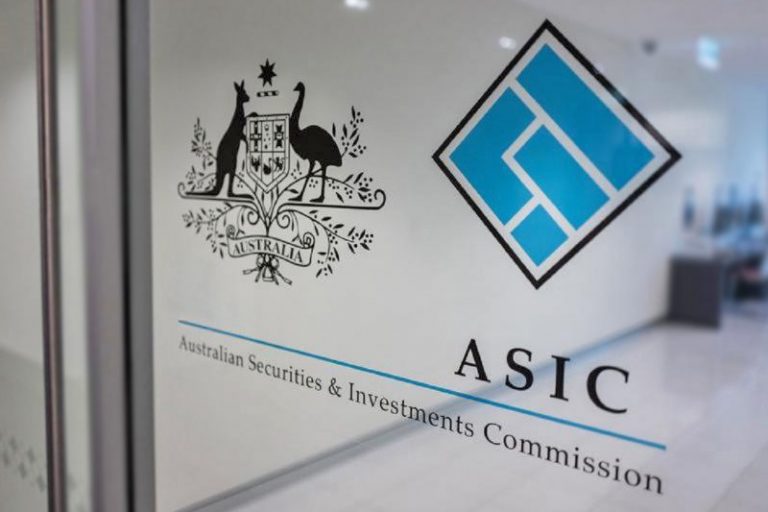
Australia is making regulatory strides to integrate stablecoins more cleanly into its financial system. The Australian Securities and Investments Commission (ASIC) is introducing an exemption for stablecoin intermediaries — specifically, those who distribute stablecoins issued by licensed providers — so that they will no longer need a full financial services license. This regulation is part of the Stablecoin Distribution Exemption Instrument 2025/631 which provides class relief, removing certain licensing burdens for these intermediaries.
Despite the change, many analysts believe the exemption won't radically alter how crypto platforms operate in the short term. The reason is that many of them are already working with or through licensed stablecoin issuers, and thus already navigating existing regulatory frameworks. For those platforms, the burden that’s eased is more logistical than transformational. Moreover, broader legal reforms are still under development: Australia’s government has signaled it will issue draft legislation in 2025 consistent with its goals for digital asset reform, including how stablecoins are classified, regulated, and integrated into payments infrastructure.
While the regulatory relief is modest, the context suggests Australia is laying groundwork for more substantial change. For example, the Reserve Bank of Australia has been running trials with stablecoins, bank deposit tokens, and even a wholesale central bank digital currency (CBDC) to test how new forms of digital money might support financial markets. Also, the government’s earlier crypto & stablecoin reform proposals explicitly include stablecoins in their four-pillar digital assets framework, considering minimum capital standards, governance, transparency, and aligning stablecoin oversight with other financial services. Although the recent exemption is incremental, it may signal increased regulatory certainty, which could help encourage innovation, investment, and more mainstream adoption in the longer term.


 Content Writer: Janice Chew • Saturday, 25/09/2025 - 23:04:08 - PM
Content Writer: Janice Chew • Saturday, 25/09/2025 - 23:04:08 - PM